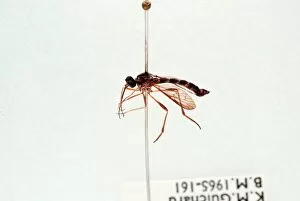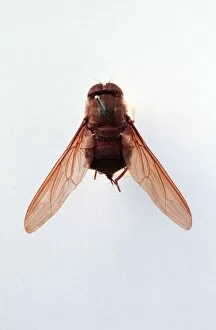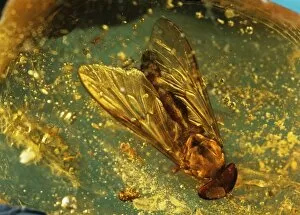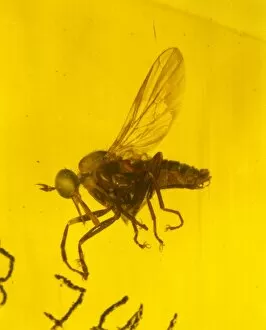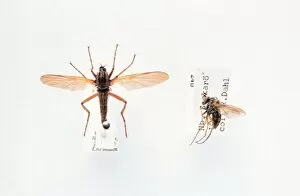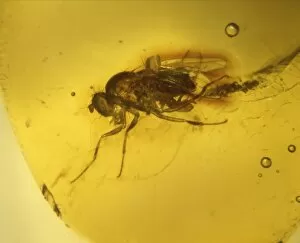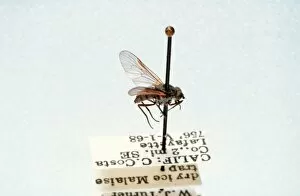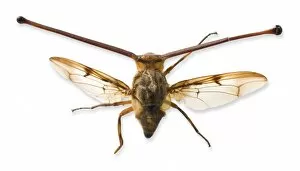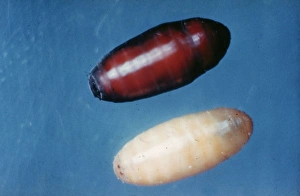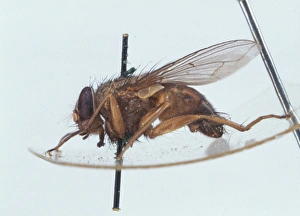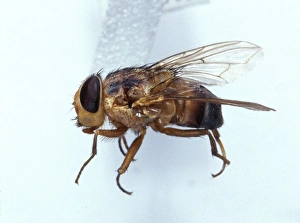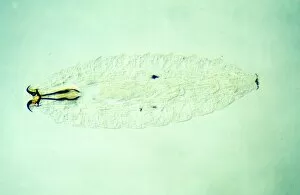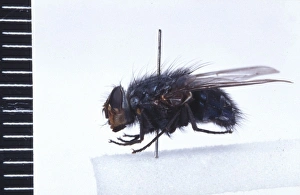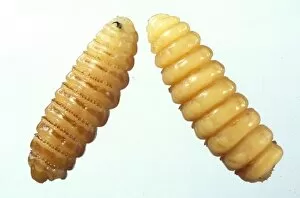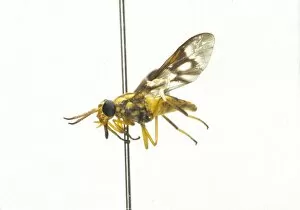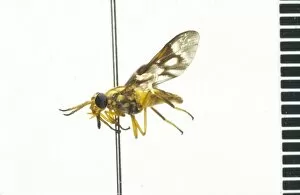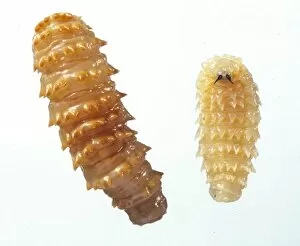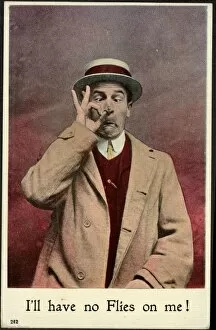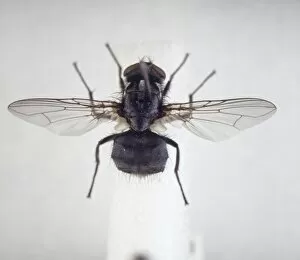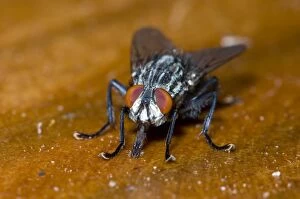True Fly Collection (page 4)
"Exploring the World of True Flies: From Blackfly Antennas to Sandflies" The intricate antennas of the Blackfly
All Professionally Made to Order for Quick Shipping
"Exploring the World of True Flies: From Blackfly Antennas to Sandflies" The intricate antennas of the Blackfly, a fascinating true fly species that captures attention with its unique features. Witness the delicate beauty of the Sandfly, a tiny yet significant member of the true fly family, playing its role in nature's ecosystem. Meet Glossina morsitans morsitans, also known as savanna tsetse fly, an intriguing true fly species found in African savannas and forests. Marvel at the sight of a Large Bee-fly (Bombylius major) nectaring on Lungwort flowers in a garden located in Surrey, creating a picturesque scene. California Gulls (Larus californicus) foraging for alkali flies (Ephydra hians), showcasing nature's interconnectedness and survival strategies. Discover the enchanting Bioluminescent Fungus gnat larva (Arachnocampa luminosa) attached to cave roofs, illuminating dark spaces with their magical glow. Observe a nearly fully developed Fungus gnat pupa (Arachnocampa luminosa) hanging delicately on silk threads before emerging into adulthood. Witness Yacare Caiman (Caiman yacare), regulating its body temperature while accompanied by hovering hoverflies - an extraordinary display of symbiosis. Get up close with an RF-Flesh fly (Sarcophaga), capturing its portrait and revealing intricate details that make this true fly species truly remarkable. Delight in watching Great Pied Hoverflies (Volucella pellucens) feeding from bramble flowers in Wiltshire, England - a mesmerizing moment captured forever. Encounter an awe-inspiring European Brown Bear (Ursus arctos arctos) finding respite amidst a cloud of mosquitoes, showcasing the resilience of nature's giants.

